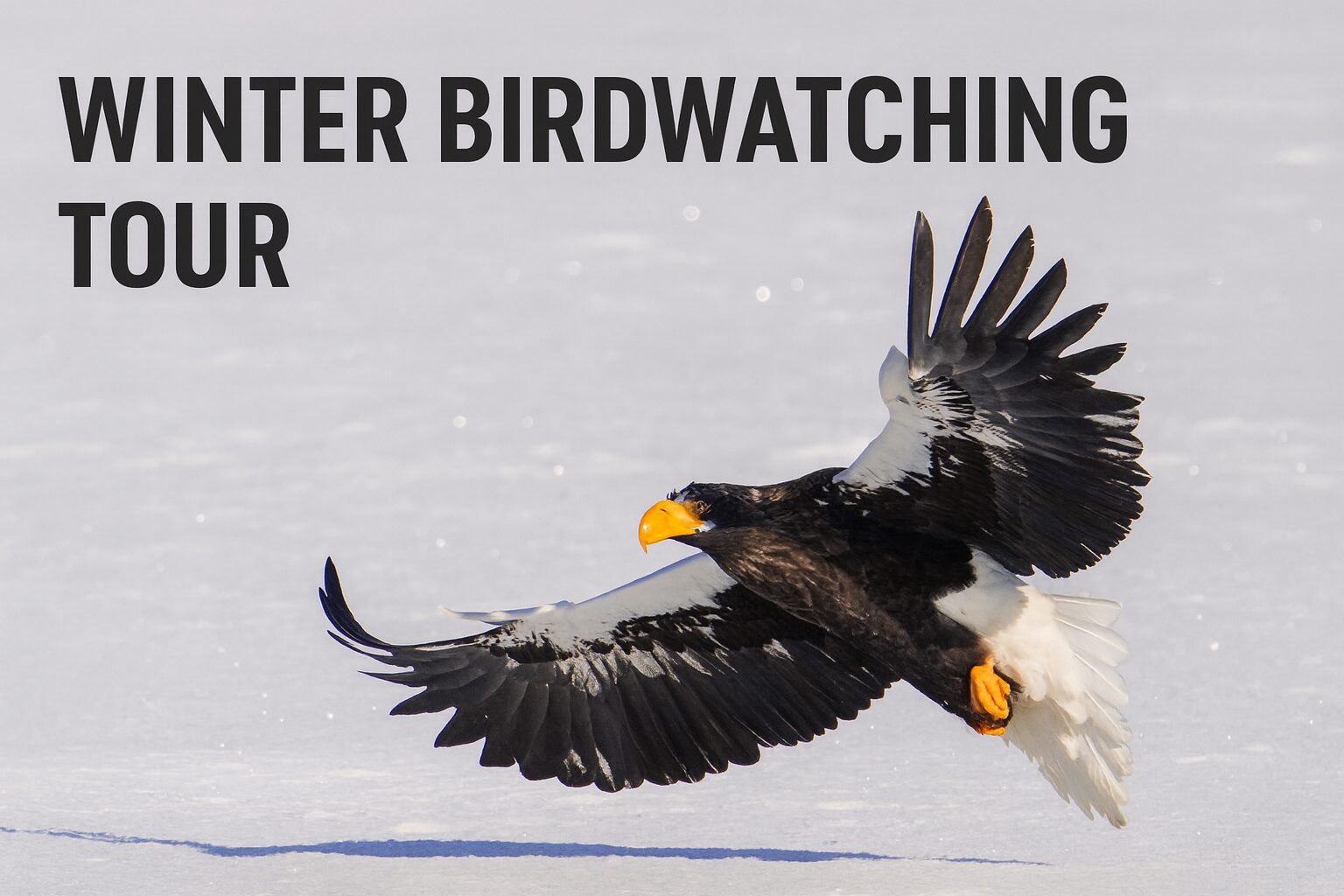
Perfect Guide to Exploring Utoro : Gateway to Shiretoko
2024年10月7日

ODAITO NEST おだいとうネスト
-野付半島まで10分の個室ゲストハウスー
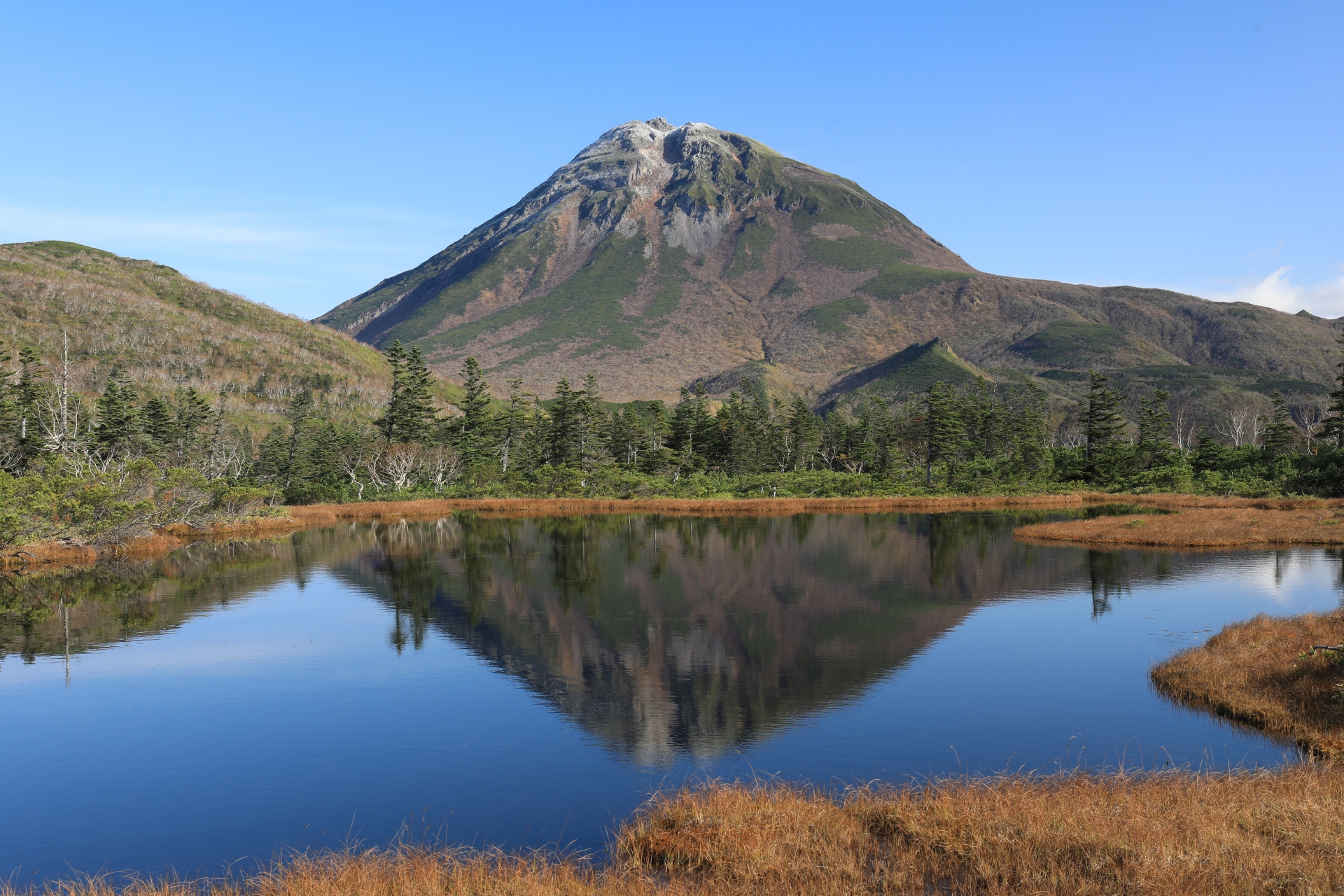
When I think of Shiretoko, two distinct experiences come to mind—Utoro and Rausu. Both are on the Shiretoko Peninsula, separated by the majestic Shiretoko Mountain Range. While Utoro is more popular and convenient, Rausu offers a truly wild, untamed side of nature.
In Rausu, you’ll be surrounded by raw wilderness, from icy waters full of marine life to towering mountains. It’s the place to spot dolphins, rare birds, and enjoy the serene beauty of nature—far from the crowds. Let me show you the hidden gems that make Rausu a gateway to Shiretoko’s untouched wilderness.
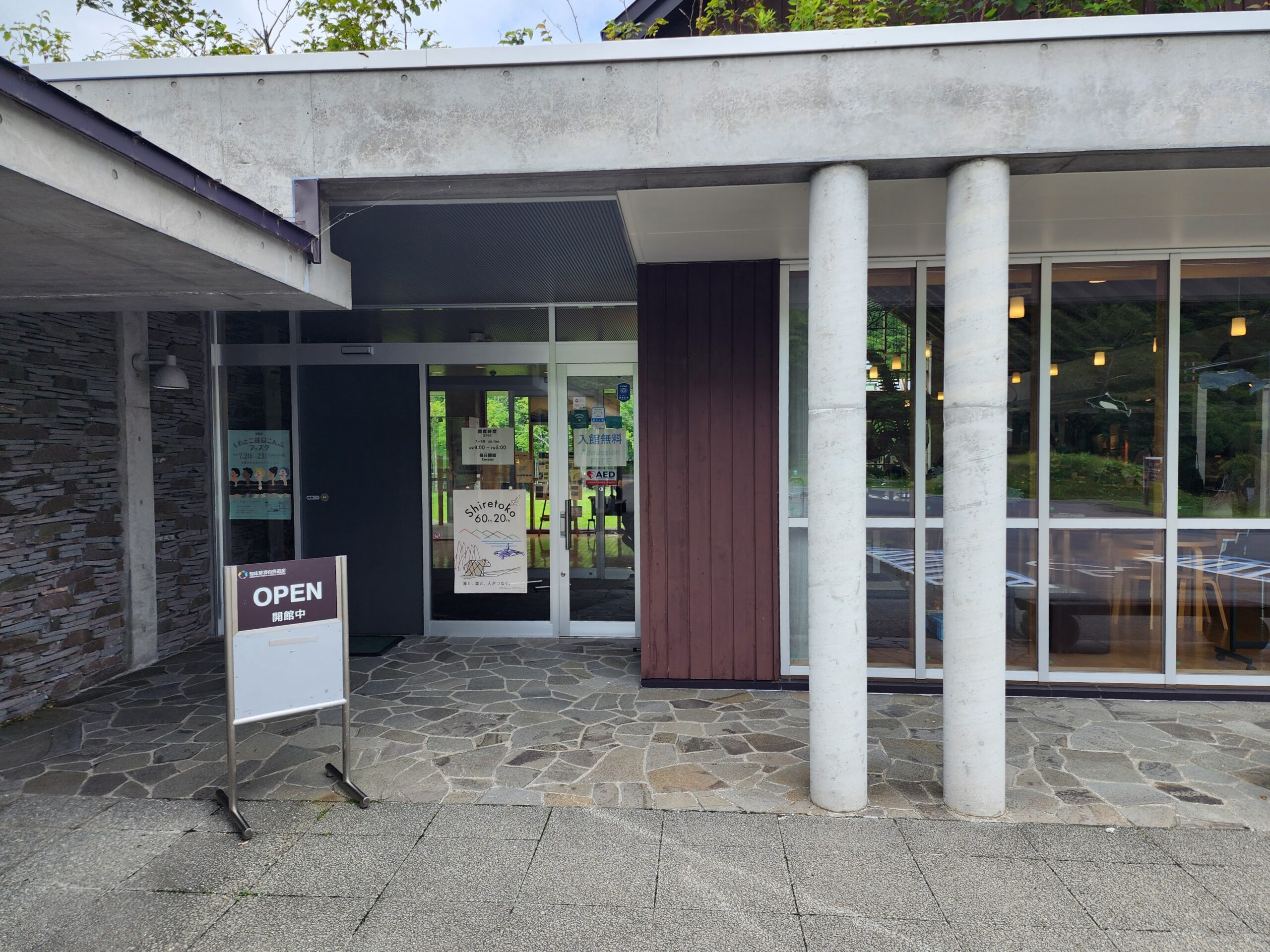
The Shiretoko Rausu Visitor Center offers insights into the nature, history, and culture of Shiretoko National Park. Run by the Ministry of the Environment, it provides valuable information to enrich your visit.
Inside, the exhibits are divided into six themes: “The Formation of Shiretoko,” “Shiretoko’s Sea,” “Shiretoko’s Rivers,” “Shiretoko’s Mountains,” “The Cycle of Life,” and “Living in Shiretoko.” These displays feature informative panels and taxidermy.
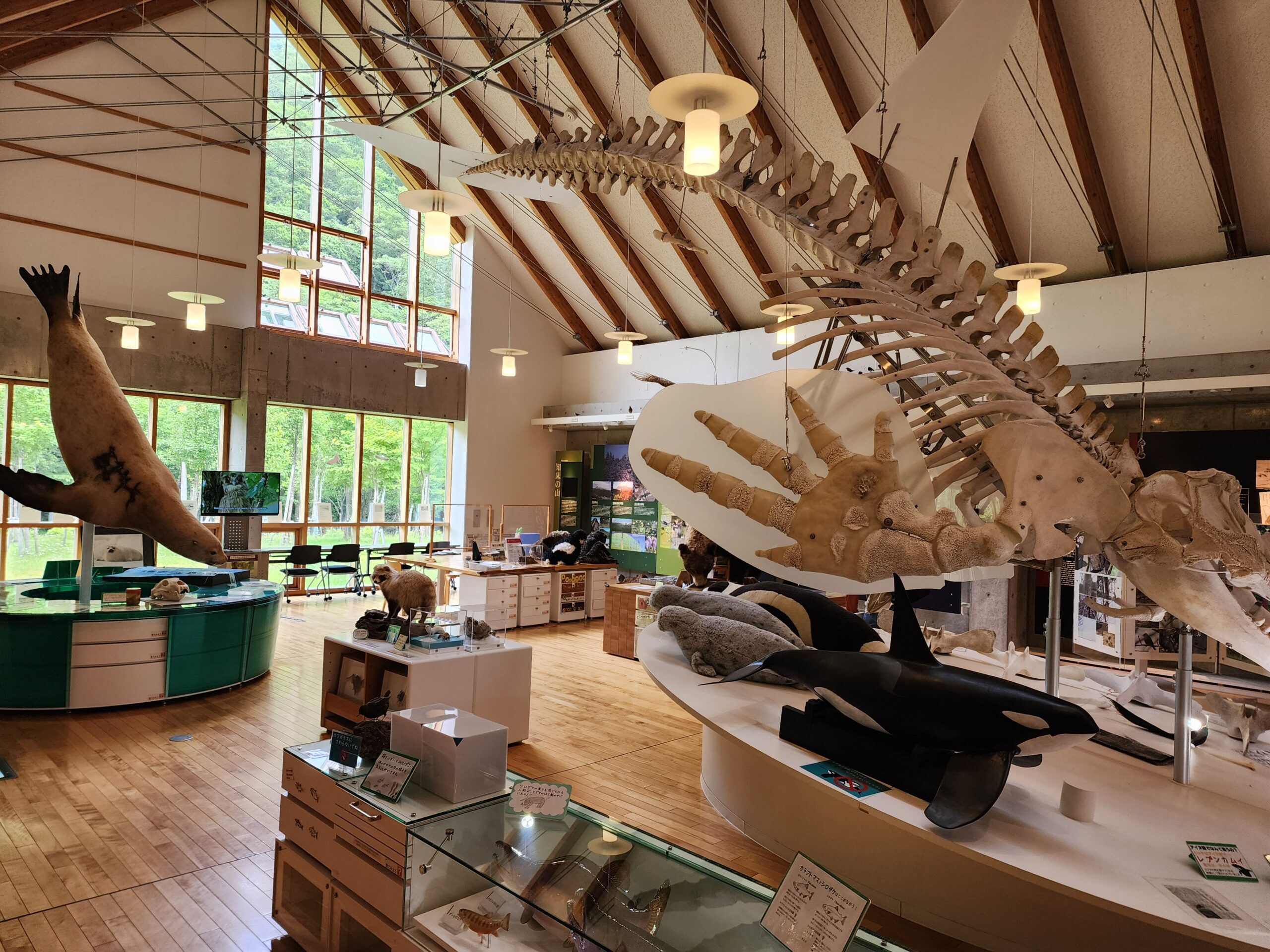
A highlight is the enormous orca skeleton in the center of the hall, which always draws attention.
The center offers a fun, relaxed way to learn about Shiretoko’s wildlife, making it a great stop for both adults and children.
| Name | Shiretoko Rausu Visitor Center |
|---|---|
| Opening Hours | 9:00 AM – 5:00 PM (10:00 AM – 4:00 PM from November to April) |
| Closed | Mondays (except July to September), New Year holidays |
| Website | https://policies.env.go.jp/park/shiretoko/rausu-vc/english/ |

Just 3 kilometers from downtown Rausu, on the way to Shiretoko, you’ll find the Rausu Geyser, a natural wonder located just behind the Shiretoko Rausu Visitor Center (a 3-minute walk). It’s a perfect spot to visit while exploring the area.
The Rausu Geyser was discovered in 1962 during hot spring drilling and has been designated as a Hokkaido Natural Monument.
This geyser erupts every 45 minutes to two hours, creating an impressive sight. For the exact eruption times, you can check the prediction schedule displayed inside the visitor center.
Before each eruption, steam starts to rise, signaling the upcoming event, so make sure to have your camera ready for the perfect shot!
In winter, you’ll need snowshoes to reach the Rausu Geyser. Snowshoes can be rented at the visitor center, making it easier to enjoy the snowy landscape.
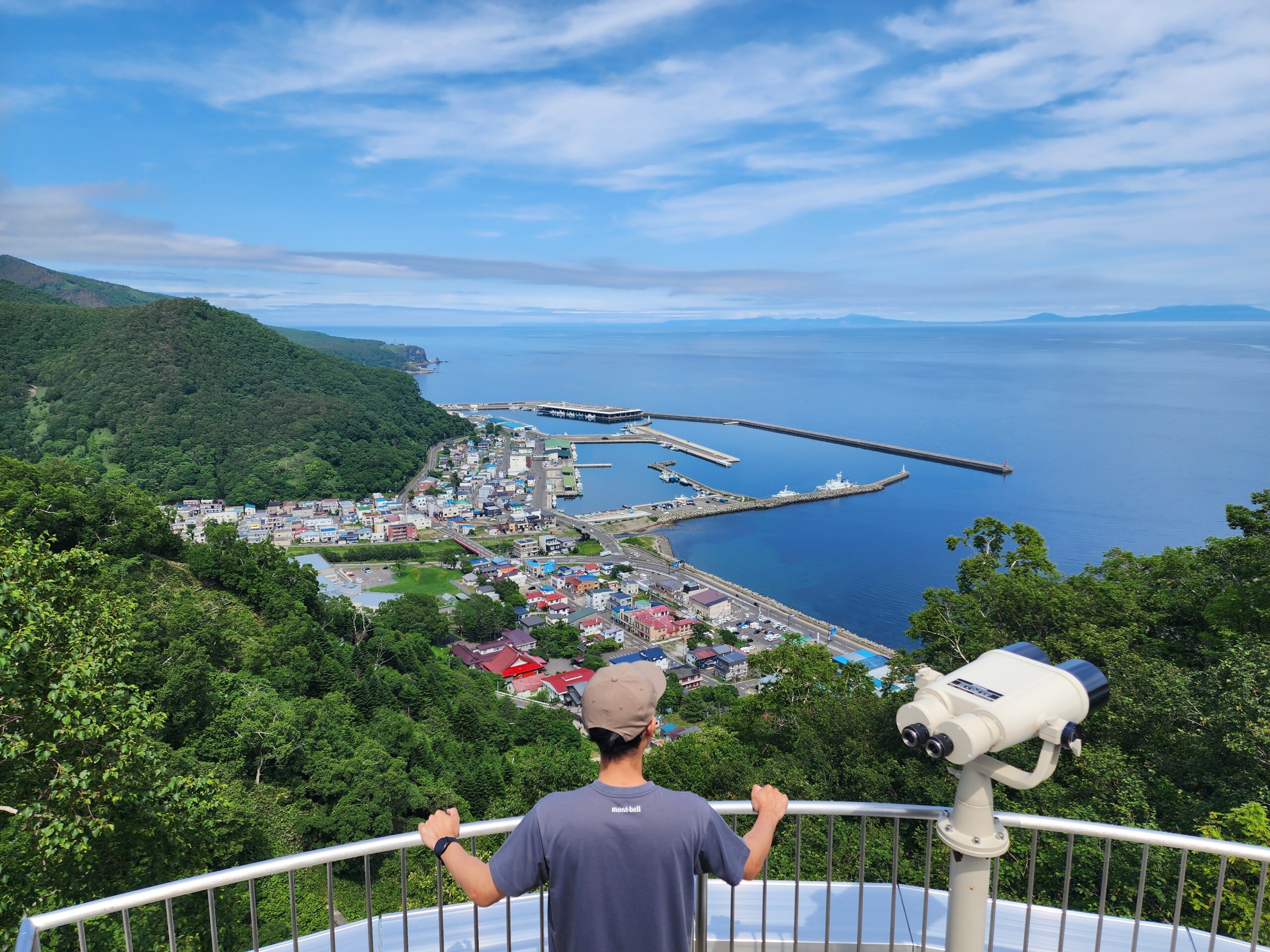
Perched 167 meters above sea level, the Rausu Kunashiri Observatory offers breathtaking views of Kunashiri Island, part of the Northern Territories. On clear days, the view from both the observation room and the rooftop deck is spectacular, making this a must-visit spot in Rausu.
From the observatory, you can clearly see not only Kunashiri Island but also the Rausu Lighthouse in the distance. The facility itself focuses on the stunning views, but inside, you’ll also find informative exhibits on the Northern Territories dispute and photos from visa-free exchanges with Russia, which are well worth a look. Please note that all exhibit explanations and photo captions are in Japanese only.
Kunashiri Island may seem so close from Rausu—just 25 kilometers away—but it feels worlds apart, raising deep thoughts about the barriers of language, culture, and access.
| Name | Rausu Kunashiri Observatory |
|---|---|
| Opening Hours | April–October: 9:00 AM–5:00 PM November–January: 10:00 AM–3:00 PM February–March: 9:00 AM–4:00 PM |
| Closed | Mondays (November–April). If Monday is a national holiday, the facility will close on the following day. Closed from December 29 to January 5. Open daily from May to October. |
| Note | The observatory deck is accessible year-round via stairs next to the facility. |

The rich, wildlife-filled waters of Shiretoko are a haven for animals and seabirds. Rausu stands out for its deep waters, home to whales and orcas, making it one of the top spots for whale watching cruises.
Hop aboard one of these cruises, and you’ll head toward Kunashiri Island, scanning the waters for whales and dolphins. While sightings can be weather-dependent, if you’re fortunate enough to spot one, it’s an unforgettable experience.
Whale watching is extremely popular with foreign visitors, particularly in the summer months when bookings fill up quickly. Be sure to reserve your spot early if you plan on going.
| Operator | Features | Operating Period | Website |
|---|---|---|---|
| Shiretoko Nature Cruise | Two boats with capacities of 80 and 50 passengers. Equipped with the latest engines for a smooth, comfortable ride. | Late April – Mid October | https://www.e-shiretoko.com/ |
| Shiretoko Rausu Cruise Hamamasu | The captain has 20 years of fishing experience and 16 years as a cruise operator, with a passion for whales and orcas. | Late April – September | http://rausu-cruise.com/wp/ |
| Ariran III | The “Ariran III” is the fastest sightseeing boat in Rausu, allowing you to quickly spot whales. | Late April – Mid October | https://shiretoko.life/ |

Shiretoko is one of the top places in Hokkaido to spot brown bears, with around 500 living on the peninsula. While encountering one on foot might be a little too close for comfort, seeing these majestic creatures from the safety of a boat offers the perfect mix of excitement and safety.
The Brown Bear Boat Cruise lets you observe wild brown bears in their natural habitat as you cruise along the beautiful coastline of Shiretoko. The thrill of spotting a bear from the water is a unique experience you won’t want to miss.
The cruise takes you north through the serene Nemuro Strait, scanning the rugged coastline for bears. You’ll travel all the way to Shiretoko Cape before returning, giving you plenty of time to take in the dramatic scenery and hopefully catch sight of a bear.
| Operator | Features | Operating Period | Website |
|---|---|---|---|
| Shiretoko Rausu Lincle | Small boat for a close-up experience of the coast. | Contact for details (from April 15) | https://shiretoko-rausu-lincle.com/detail_Higuma.html |
| Shiretoko Cruise Hidetomaru | Veteran captain takes you to areas with a high chance of spotting bears. | Early April – Mid October | http://hidetomaru.com/cruising.html |
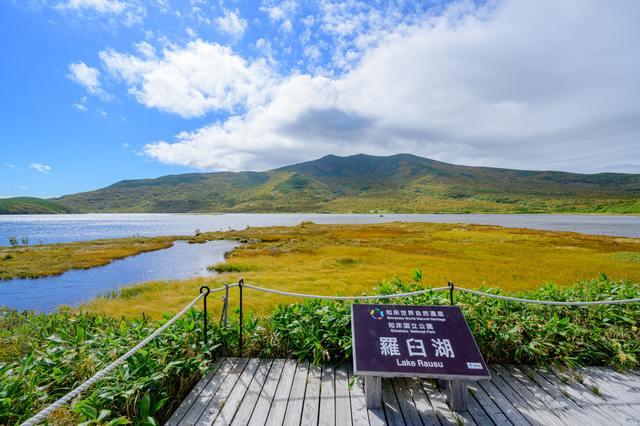
Once difficult to access, Rausu Lake is now reachable via a 6 km round-trip trekking route (about 3 hours).
Though the lake is at 700 meters, its climate is similar to mountains at 2,000–2,500 meters in Honshu. You’ll see alpine plants, red foxes, Ezo deer, and white-tailed eagles, a protected species.
The route passes several ponds, with Mt. Rausu’s reflection on San-no-Numa being a highlight. A lookout deck offers views of Rausu Lake and the wetlands.

Rubber boots are required as the trail can be muddy, and they help protect the delicate ecosystem. These boots can be rented at the Shiretoko Rausu Visitor Center.
Please note: Parking on the road is prohibited. If you’re driving, park at Shiretoko Pass and walk from there. Alternatively, consider using the local bus or hiring a taxi. The area next to the road is a bus zone for regular routes, so please do not park there.
The trekking season is late June to October.
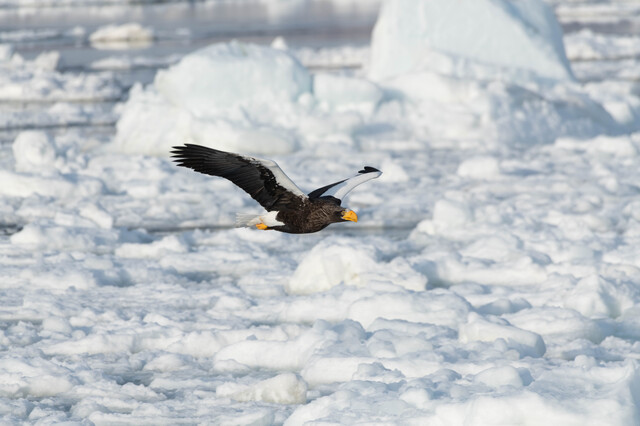
When you think of drift ice tours, you might imagine large icebreaker ships smashing through the packed ice. But in Rausu, winter cruises offer a more intimate experience. On smaller boats, you’ll weave through the floating drift ice, creating a unique and peaceful way to enjoy the winter scenery.
Winter here isn’t just about drift ice—it’s also a prime time for birdwatching. You’ll have a high chance of spotting Steller’s sea eagles and white-tailed eagles, both National Natural Monuments, making this cruise especially popular among bird lovers.
These eagles come to Rausu to feed, as the waters here are more open than on the western side of Shiretoko, allowing them to catch fish easily. Fishing activities in the area also attract the birds, as they often swoop in for discarded fish or fish thrown by the boats.
From the deck, you’ll witness not only the beauty of the drift ice and eagles but also the majestic landscape of the UNESCO-listed Shiretoko Peninsula.

